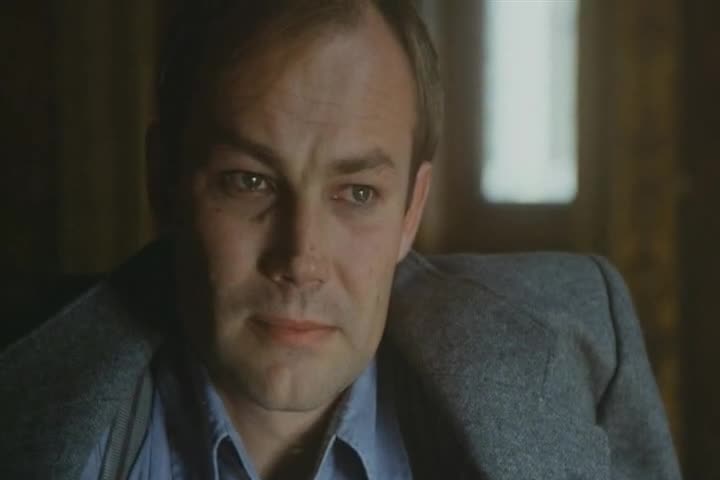The Gaggle Music Club: Sibelius’s Symphony No. 1
This week's selection for The Gaggle is Jean Sibelius’s Symphony No. 1 in E minor, Op. 39.
Composed between 1898 and 1899, Sibelius’s First Symphony was written in the political and cultural context of growing Finnish nationalism. Sibelius had already garnered fame with works like Kullervo (1892) and the Lemminkäinen Suite (1895), both based on Finnish mythology.
Kullervo, composed in 1892, was a massive choral symphony based on the Kalevala (Finland’s national epic). It consists of five movements, featuring baritone and soprano soloists, male chorus and large orchestra. Though labeled a "symphony," it is closer in spirit to Wagnerian music drama than to a traditional symphony.
Lemminkäinen Suite, composed in 1895, consisted of a cycle of four symphonic tone poems, including the famous The Swan of Tuonela. Like Kullervo, it was based on the Kalevala legends, centered on the roguish figure of Lemminkäinen. The work is rich in exotic orchestration and mood-painting, but episodic in structure. It propelled Sibelius to national fame, though after its premiere it was never again performed during the composer's lifetime.
Both of these works were steeped in Finnish folklore; they were structurally loose, episodic and reflective of the tone-poem traditions of Liszt, say. With his First Symphony, Sibelius turned deliberately toward symphonic structure. Unlike the earlier tone poems, the symphony adopts four-movement classical form. The symphony follows, broadly, the sonata tradition: a dramatic first movement, a lyrical slow movement, a scherzo and a passionate finale.
Though Romantic in feel, it exhibits the concise motivic development and thematic economy that would define Sibelius’s mature symphonies. It superficially resembles Russian symphonic writing (especially that of Tchaikovsky), but Sibelius’s distinctive voice is clearly discernible.
The first movement, Andante, ma non troppo – Allegro energico, opens with a clarinet solo over a timpani roll, establishing a brooding, melancholic mood. This leads into a turbulent Allegro with sweeping string lines and brass outbursts. The development is dramatic, often pulling back into quiet mystery before erupting again.
The second movement, Andante, is lyrical and elegiac, and showcases Sibelius’s gift for long, unfolding melodic lines. There’s a pastoral, Nordic tone, with woodwind solos evoking open landscapes.
The third movement, Scherzo, is filled with irregular phrasing and syncopation. Strings and brass engage in rhythmic interplay, with a contrasting trio section that's more lyrical. The strong rhythmic momentum points toward the rugged energy found in Sibeius's later symphonies.
The fourth movement, Finale, begins like a tone poem, with slow, rhapsodic passages, and concludes with somber reflection—Sibelius avoids the heroic motifs of many Romantic finales.
Sibelius's First Symphony is said to straddle Romanticism and modern nationalism. Hallmarks of Romanticism are readily apparent. There is the lush orchestration, including rich, expressive use of strings, woodwinds and brass. There is also personal emotion: The opening clarinet solo is deeply melancholic, almost confessional.
Modern nationalism--an emphasis on national identity, a distinctive feature of 20th century classical music--is is on display in this symphony in the use of folk-like elements that recall Finnish music traditions. There is also atmospheric orchestration evoking the Nordic landscape.
Sibelius's Symphony No. 1 is Romantic in sound, structure and emotion—but nationalist in spirit, atmosphere and identity. The composition contains more lush orchestration than do his later works, which become increasingly abstract and architectural. The work marks the transition from Sibelius the nationalistic tone-poet to Sibelius, the master symphonist.
In this performance from 2013, the Orchestre de Paris is conducted by Paavo Järvi.















